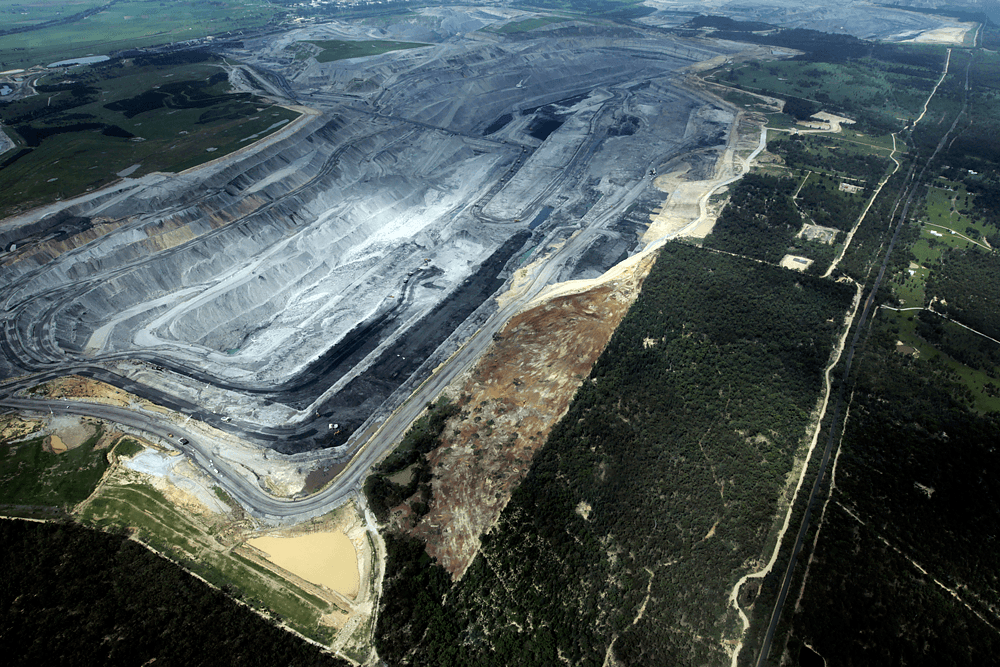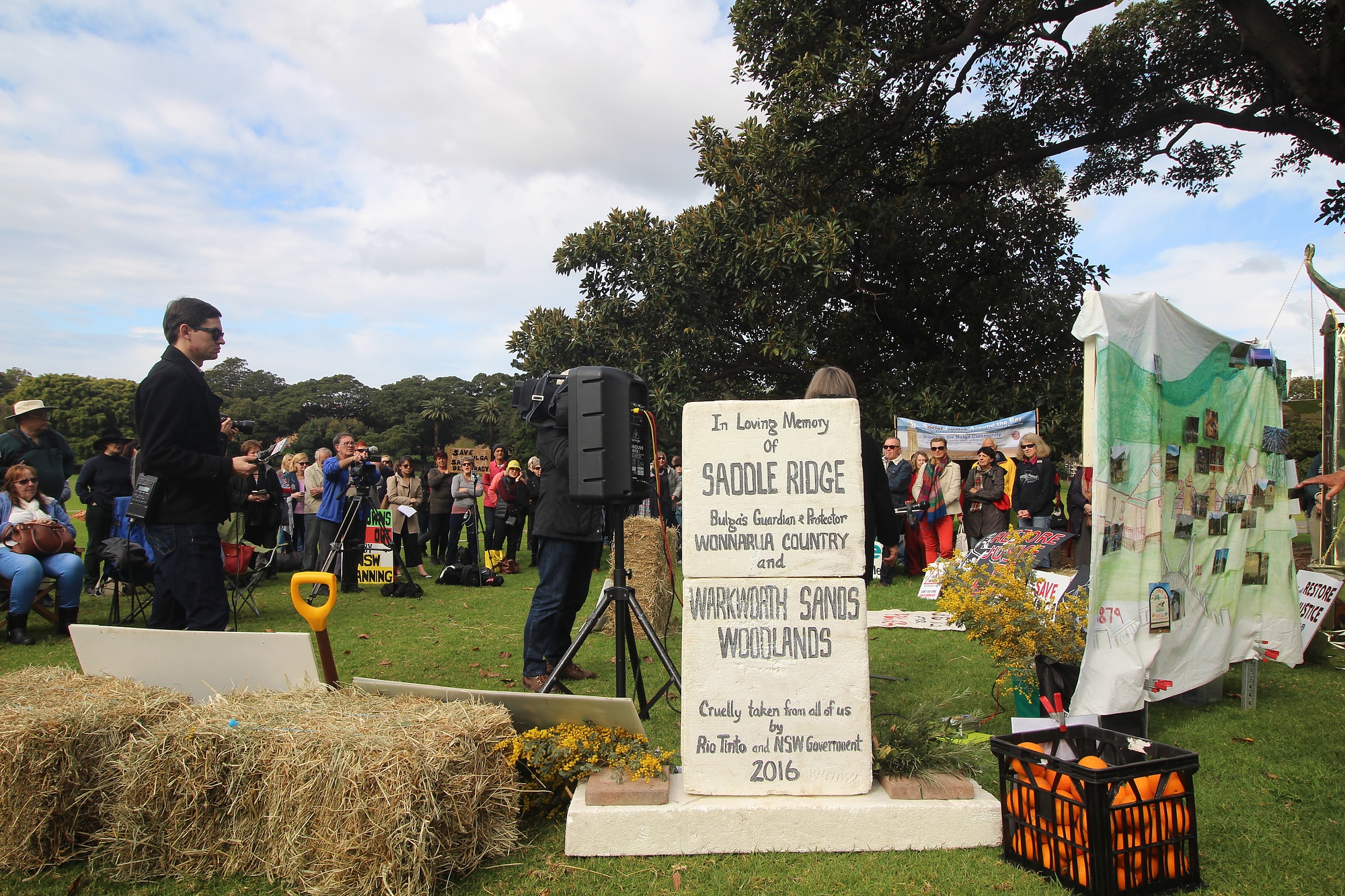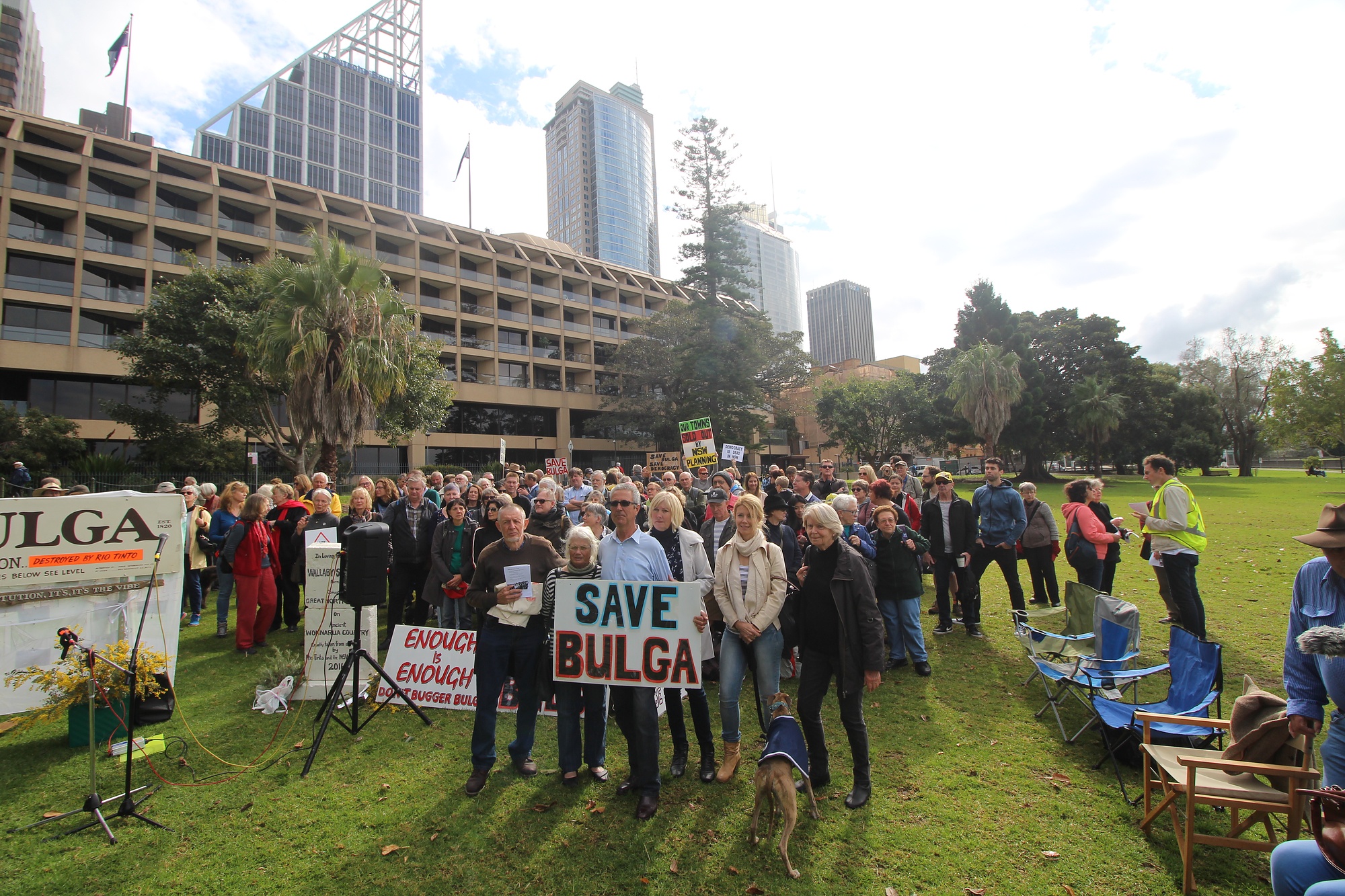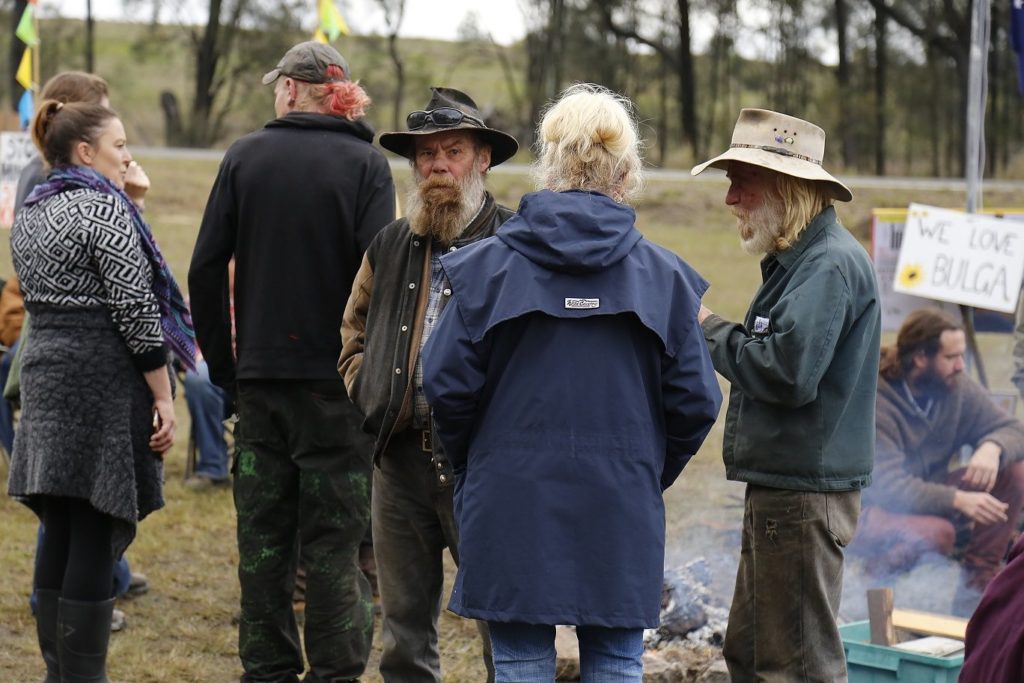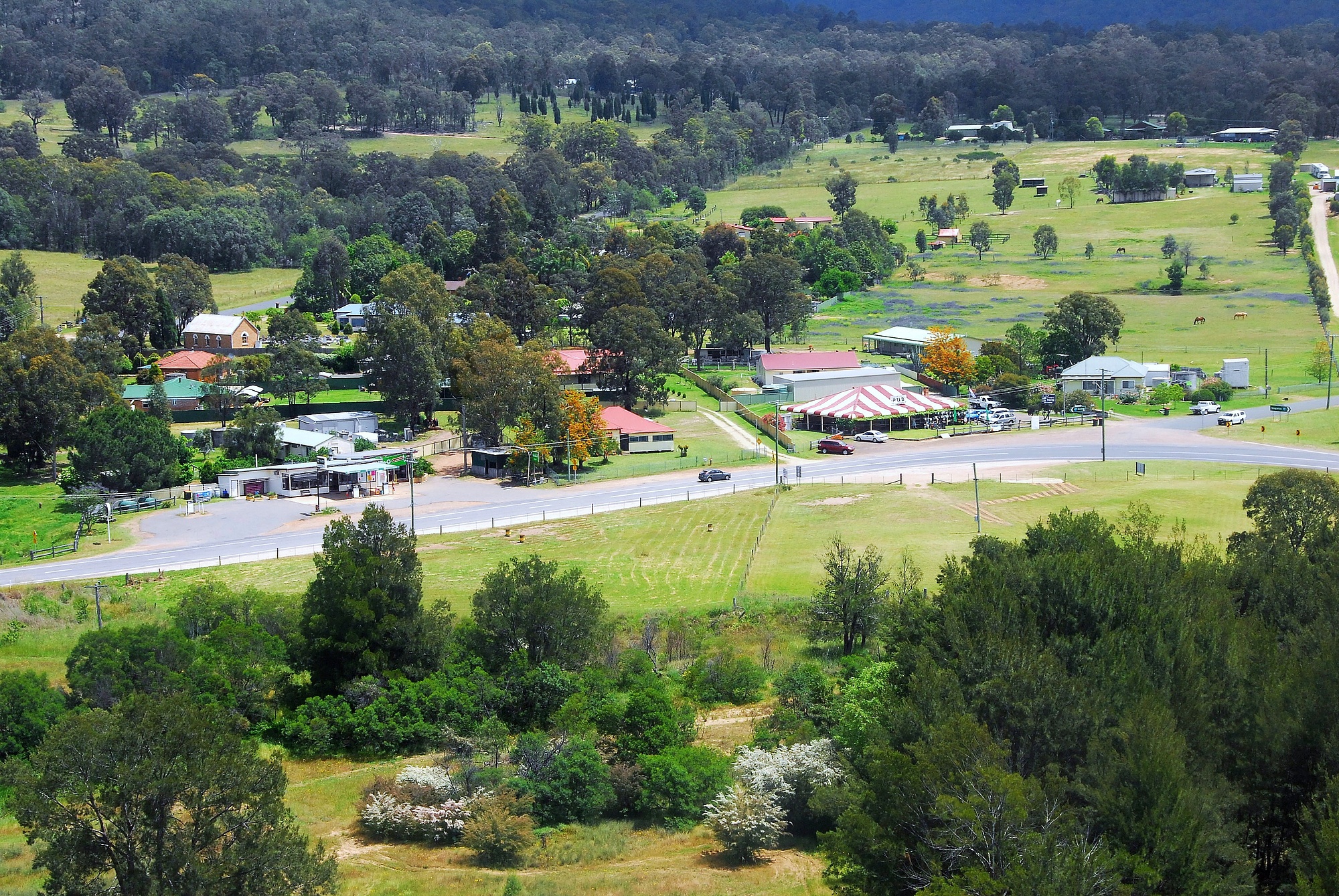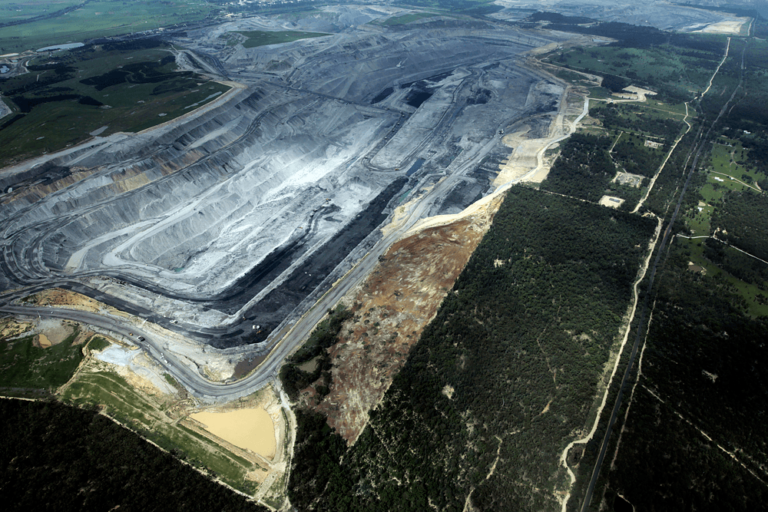
It’s not easy to admit for a coal campaigner, but after 10 years of sustained campaigning, my home town of Newcastle, at the mouth of the Hunter River on Australia’s east coast, is still the world’s largest export coal port. Every year, the Port’s three coal-loading facilities (a fourth has now been approved) fill almost 2,000 Capesize ships with over 150 million tons of coal, bound for hungry power stations in Japan, South Korea and China that continue to warm the planet.
Every 15 minutes another coal train travels to the port from the Hunter Valley’s 42 open pit mines. Even with record low coal prices, the relentless march of coal mines across the once rich alluvial valley continues to swallow up quaint little historical villages that once supplied our milk, cheese and beef. The town of Bulga, a village of 135 houses and 358 people in the upper western region of the Hunter Valley, 220km northwest of Sydney, is the latest town slated to be swallowed.
Since 2003, Bulga has lived in the shadow of mining giant Rio Tinto’s Warkworth mine. That was the year Warkworth was approved to dig towards the town, and combine with the adjacent Mount Thorley mine to become one of the valley’s first super-pits. To compensate for the loss of nearby woodlands and protect the village from noise and dust, the New South Wales government gave Bulga a buffer zone, guaranteeing by Ministerial Deed of Agreement that Saddle Ridge, a significant Aboriginal site, and the Warkworth Sands Endangered Ecological Community that exists there would be protected as a conservation zone, never to be sacrificed to the huge mine.
But that was then, and Rio Tinto was relentless in its claim that the mine must be expanded. So, in 2010, the same government approved an extension to the mine that would remove environmental protections from Saddle Ridge and overturn the agreement to protect the woodlands, bringing mining closer to Bulga and killing that historic village.
Bulga decided to fight. A town hall meeting was called and a unanimous vote to lodge a court appeal was ratified. In a rare moment of clarity, the court sided with the townsfolk, judging that the impacts of the project on biodiversity and the community outweighed any benefits it would bring to the State of New South Wales. The approval of the mine expansion was quashed.
But Rio wasn’t finished. It lobbied the government to change several laws and regulations, and submitted a new application, with the help of compliant government agencies.
This time the fight was rigged so that the town couldn’t win. So, after a gutsy campaign, thousands of submissions in opposition, and with unprecedented haste, the New South Wales government once again approved the application to extend the mine late last year. This time around, the government had fixed it so that the community couldn’t take a fight to court questioning whether the right decision was made.
The townspeople continued to fight with ongoing protests, even traveling to Sydney where they set up “New Bulga” in front of Parliament House, since the mine will make their community unlivable.
The town now can’t win this fight, so I captured some photos of the protests, the mine and the town it will swallow.
